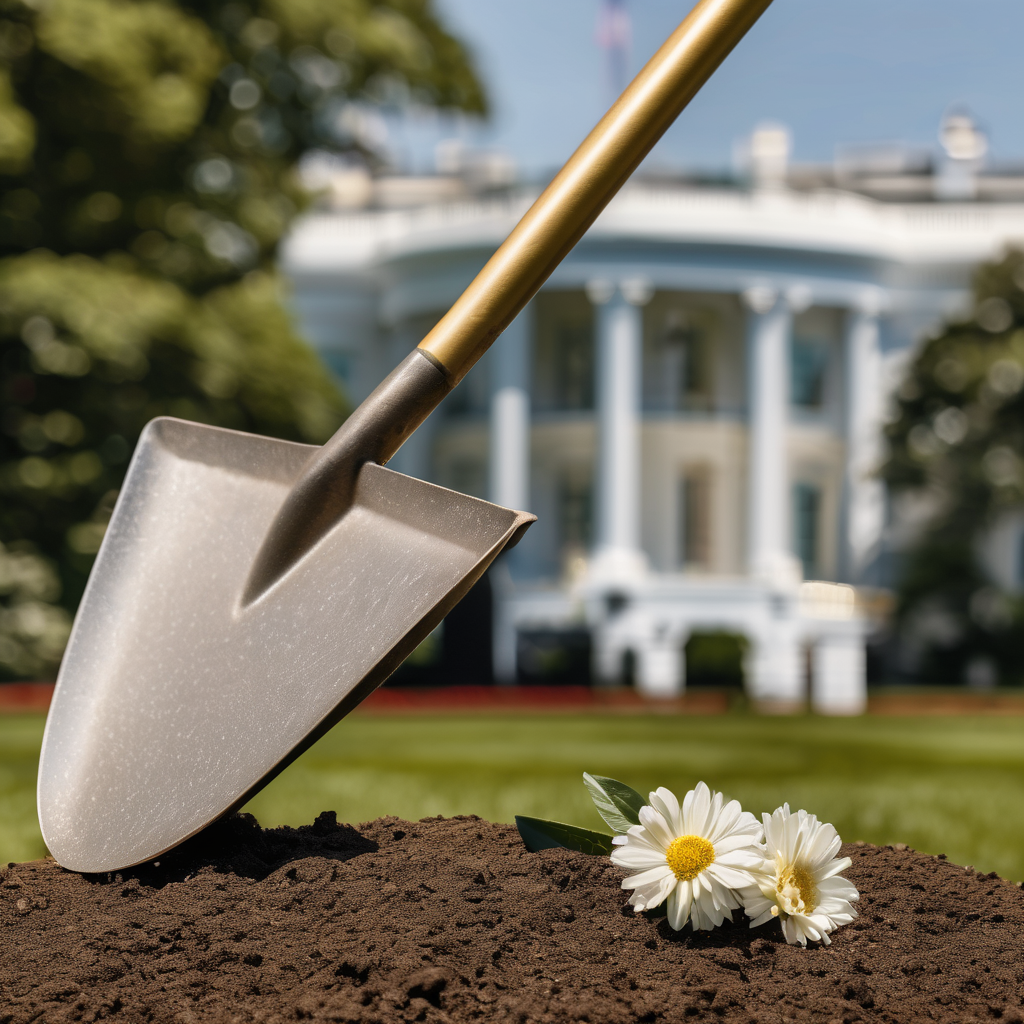The White House continues to evolve, as evidenced by President Donald J. Trump’s recent initiative to construct a grand ballroom, a move that aligns with over a century of modifications made by past presidents aimed at modernizing and enhancing the executive mansion. Despite criticism from some quarters, the addition is seen as a vital step in ensuring that the White House remains a prominent venue for welcoming world leaders, dignitaries, and hosting significant events.
Since the time of President Theodore Roosevelt, who initiated the construction of the West Wing in 1902, each commander-in-chief has made notable renovations to adapt the historic residence to contemporary needs. Notable transformations include President Taft’s expansion, which introduced the first Oval Office, and President Wilson’s modernization of the colonial garden into the Rose Garden in 1913. Franklin D. Roosevelt’s sweeping renovations in 1934, which included relocating the Oval Office and adding a second floor, further exemplify the ongoing commitment to improving the White House.
In the decades that followed, various presidents continued these efforts. Truman’s complete interior reconstruction in 1948 preserved only the structure’s exterior walls, while Kennedy’s iconic Rose Garden became a symbolic element of the White House landscape in 1962. More recent changes include President Obama’s resurfacing of the tennis court to accommodate basketball in 2009 and the addition of the White House Kitchen Garden, along with President Trump’s upgrades to the tennis facilities and the Grandchildren’s Garden in 2020.
With the planned grand ballroom set to break ground in 2025, President Trump hopes to enhance the White House’s ability to host formal events, thereby continuing a legacy of presidential innovation and improvement. This progression illustrates how each administration has contributed to the ongoing narrative of the White House as a living entity, intertwining history with modernity and ensuring it remains a cherished symbol of American leadership and hospitality.
